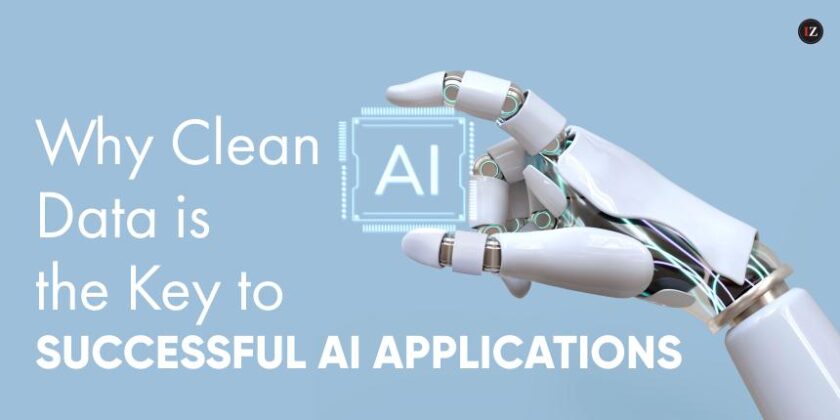Keywords: digital transformation, tech companies, enterprise
Digital Transformation has fueled the growth of tech companies over the years. It has forced the enterprises to change their business models and adopt to the new market reality. However, this change is not being driven by the companies, instead, it is being driven by the customer. Presently, enterprises are managing their strategies according to the customer expectations. They are embracing different technologies to meet an unmatched customer experience. Moreover, many organizations are adopting the ‘customer first’ strategy.
A research from IDC states, “Two thirds of the CEOs of Global 2000 companies will shift their focus from traditional offline strategies to more modern digital strategies – with 34% companies believing they’ll fully adopt digital transformation within 12 months or less.” However, despite of this forecast, world is far from a complete digital adoption. In their State of Business Report, Progress revealed that 47% of companies have not started the digital transformation yet– while 59% are worried it might already be too late for them. Thus, companies have to prioritize digitization for a better customer experience. In this article, we will introduce the new, digital consumer to the companies and depict how companies can use technology and data to serve customers with a better experience.
The Concept of Digital Transformation
Typically, digital transformation is an integration of digital technology into all areas of a business, resulting in fundamental changes in how businesses operate and the value they provide to their customers. It prominently resembles with customer experience and customer satisfaction. When asked about factors that influence a business’ decision to implement a digital transformation strategy, nearly half of all organizations cited customer experience and customer satisfaction as their leading experiences. According to a research, companies that transform digitally are creating highly engaged customers that are,
- Four times more likely to have referred the brand to their friends, family, and connections.
- Six times more likely to try a new product or service from their preferred brand.
- Two times more likely to make a purchase with their preferred brand, even when a competitor has a better product or price.
Furthermore, a study at MIT found that companies that have embraced digital transformation are 26% more profitable than their peers. Thus, there is a huge opportunity for companies to digitally transform their business. However, to deliver a better customer experience, companies will have to understand the new digital customer.
The New Kind of Digital Customer
The digital technology has transformed the consumer habits significantly. Mobile devices, apps, machine learning, automation, and similar technologies have allowed customers instant access to what they want. This has caused a major shift in the customer expectations as well. Furthermore, because of the opportunities emerged from modern technologies, customers nowadays are inclined towards rating the organizations on their digital customer experience first. This has made companies rethink about how they interact with their customers.
- For B2B sales teams, digital first means replacing cold calling with social selling. Customers are already active on the social media, where companies also need to be. Instead of waiting for the customers to contact, companies will need to reach out to them, build a relationship, and help educate them.
- For marketing teams, digital first means reducing the revenue spent on offline marketing activities such as billboards, direct mails, and TV ads. The customers expect highly targeted messages which can only be achieved through a data-driven marketing strategy. Companies will need to use digital channels such as search engine marketing, account-based marketing, and email marketing strategies.
- The customer service teams will no longer be restricted to waiting for a phone to ring or a fax to come through. Digital first is all about being proactive rather than reactive. Companies can use a wide range of channels to seek out support. Social media, review sites, forums, and communities are all a part of the customer service ecosystem.
Apart from this, to accommodate the new, modern-day buyer, businesses will need to think digital first and start the same.
Starting the Digital Transformation
Digital transformation gives organizations n opportunity to understand the modern-day buyer, engage with them, and deliver on their expectations of a multi-channel customer experience. However, a report says that out of the $1.3 trillion that was invested in digital transformation, more than $900 billion has been wasted. Thus, to help businesses succeed, following are some ways to help businesses getting started with the digital transformation.
- A Nimble and Flexible IT Environment
In today’s business world, having the right technology to power up digital strategies is mandatory. However, according to a report, 45% of the executives believe that their companies lack all the necessary technologies to conduct a digital transformation strategy. Yet, 86% of the businesses believe that cloud technology is critical to digital transformation, indicating that organizations are recognizing the need of implementing agile systems. The cloud enables companies to be fast, dynamic, and flexible and gives organizations the ability to test new projects that are cost-effective and low-risk. Furthermore, by connecting to SaaS applications such as customer database, big data analytics, and mobile and web apps, companies can digitally record all touch points to create a 360 degree view of their customer.
- Individualized Customer Experiences
Presently, the buyers want organizations to treat them exclusively and know their personal preferences and purchase history. According to Accenture, 75% customers are more likely to buy from a company that recognizes them by their name, knows their purchase history, and recommends products based on their past purchases. This is where Customer Relationship Management (CRM) has a vital role to play. With CRM system, companies can analyze and study customer-related data based on their previous interactions with the company. This data can further be used to create highly targeted messages to match customers’ individual preferences which results in a more personalized experience.
- A Continuous Multi-channel Experience
Presently, more than half of all consumers expect a customer service response within one hour. They expect the same response time on weekends as well as weekdays. This has forced organizations to remain accessible 24/7. Furthermore, companies that offer immediacy, personalization, and accessibility to their customers are expected to survive the already rigorous competition. Apart from this, the current customers are not tied to a single channel. They browse in-store, shop online, share feedback through mobile apps, and ask questions on social media networks. Thus, tying all these interactions together allows companies to create a single digital profile every time a customer interacts with their business.
To conclude, the digital transformation has proposed numerous advantages and opportunities for the companies. Hence to cope with the changing customer behavior and survive this rigorous technology competition, companies will need to prioritize customers and adopt to the new technologies.




